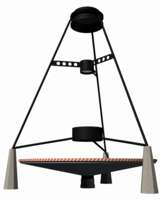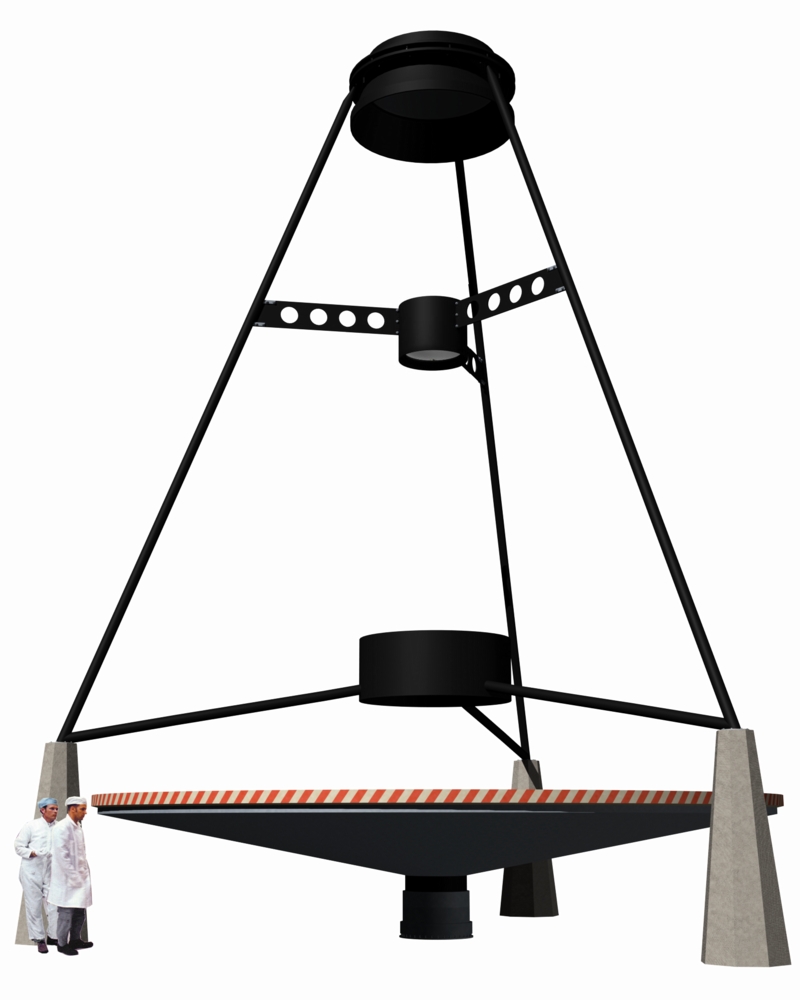 |
| Overview |
 |
| Overview |
Introduction
|
Continued progress in observational astronomy requires access to increasingly large and sophisticated telescopes and instrumentation. Advances in liquid-mirror techology now make it feasible to construct large high-quality mirrors at a relatively low cost. When combined with a wide-field corrector and large CCD camera, one could construct a uniquely-powerful survey telescope. ALPACA brings together the technologies of liquid-mirrors, lightweight conventional mirrors, and advanced detectors, to make a novel telescope with uniquely-powerful capabilities. Scanning a long strip of sky every night, it will detect a billion galaxies, quasars and stars. At the same time, it will be particularly sensitive to moving and variable objects. This will allow it to detect potential planet-killing asteroids and comets, as well as stars exploding in distant galaxies. In addition to providing an important near-Earth asteroid patrol, it will map the distant Universe, studying the distribution of luminous and dark matter and the nature of dark energy. |
 |
Links